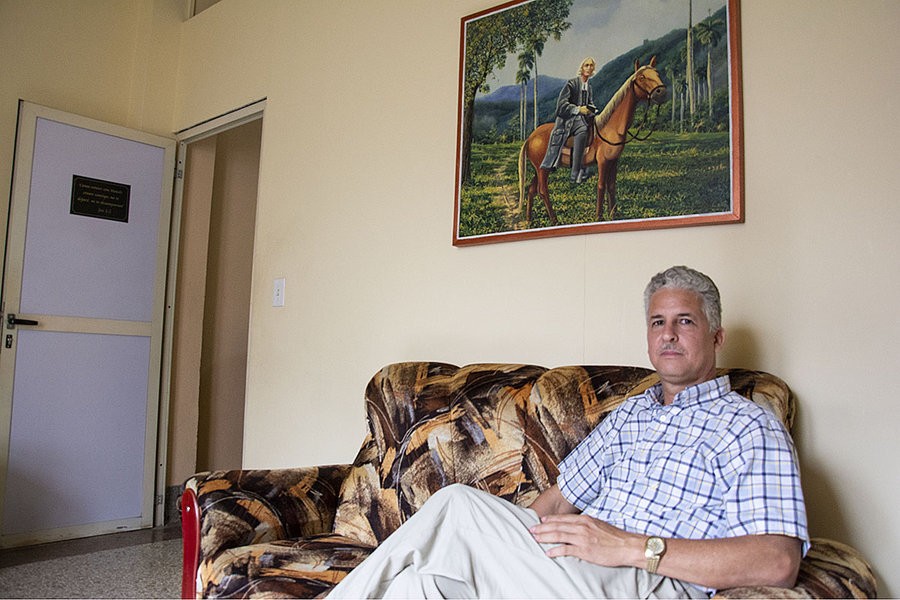Revival of religion in Cuba reaches public square
Religious diversity and participation have flourished in Cuba since the country loosened restrictions. Christians are aiding their neighbors—and testing possibilities for political dissent.

(The Christian Science Monitor) John Wesley rides his horse through the Cuban countryside, beneath tall palm trees and mountains so green they look purple. He holds his reins in one hand and his Bible in the other.
The painting in Enoel Gutierrez’s office at the Methodist seminary in central Havana depicts a scene that never happened. There is no record that Wesley, the 18th-century Methodist leader, ever traveled anywhere in the Caribbean. Yet Gutierrez is determined to bring Wesley to Cuba.
Roman Catholicism has dominated religious life here for centuries, but religious diversity and participation have flourished in Cuba since the country loosened restrictions over the past three decades. And while a 2015 survey by Univision and Fusion found that only 7 percent of the country identified as evangelical or Protestant, totaling about 800,000 people, the pace of growth is notable. Gutierrez pointed out that about 20 new Methodist churches open annually. He hopes soon to have at least one in every Cuban city. Established congregations are growing, too.




